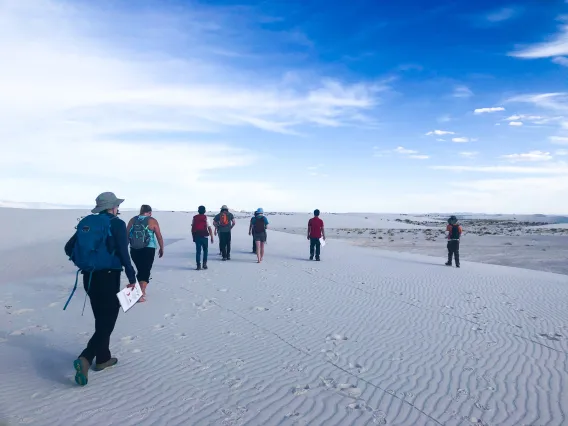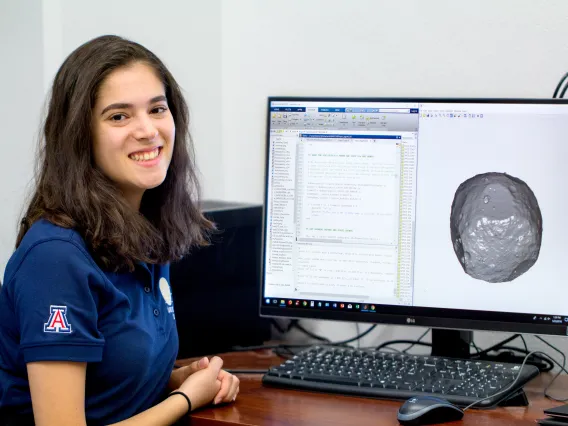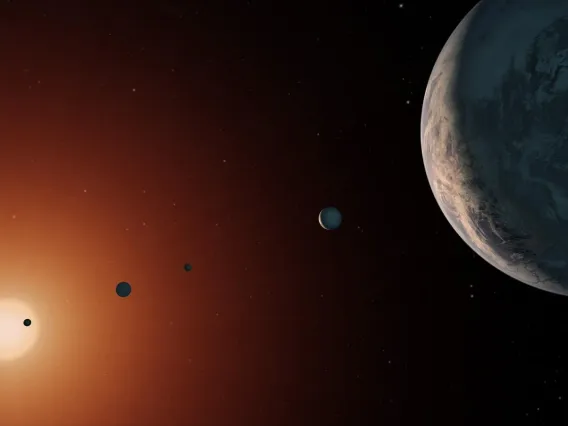Pause Video
Play Video
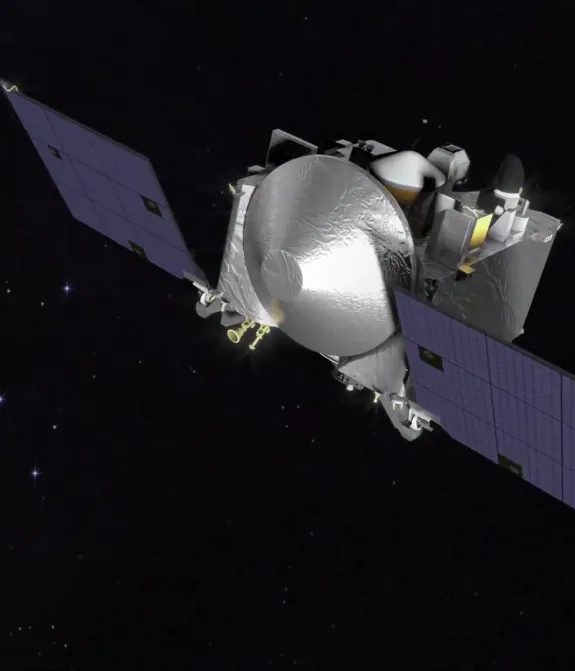
Explore Planetary and
Solar Systems Science at LPL
Welcome to the Lunar and Planetary Laboratory

Academic Programs at LPL
Interdisciplinary coursework, access to world-class instruments and laboratories, and diverse research opportunities.
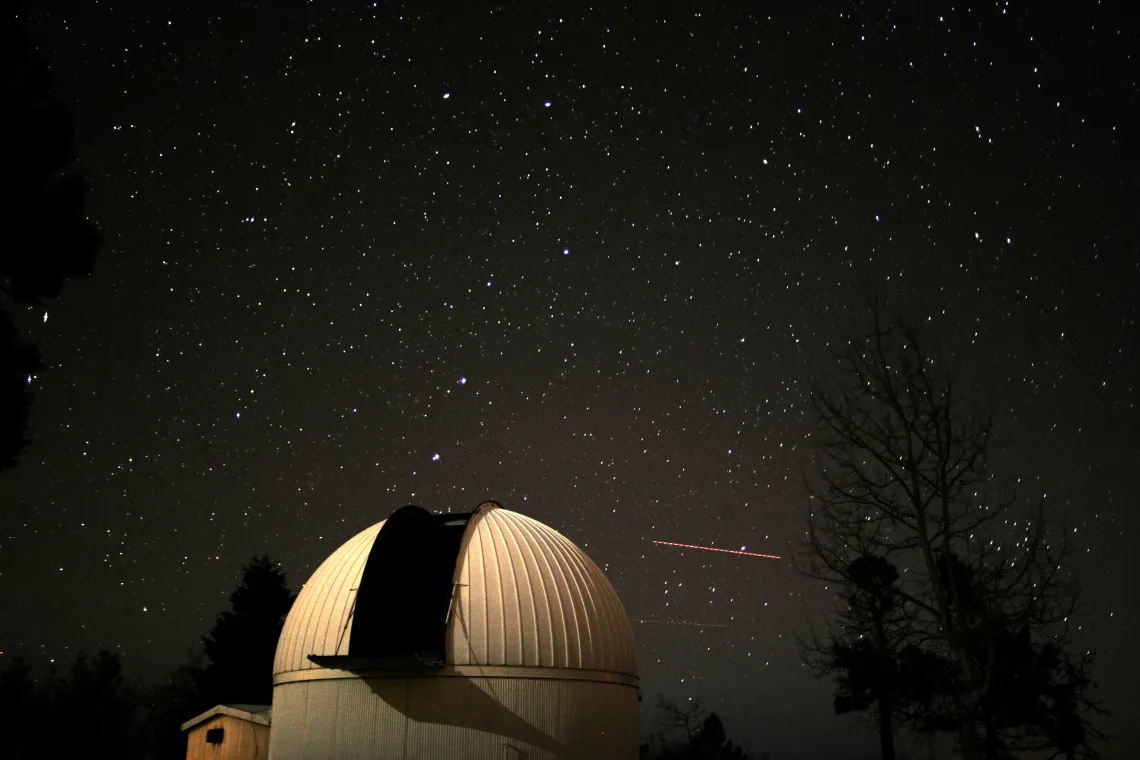
Research Focus Areas
Pursuing interdisciplinary research spanning the breadth and depth of planetary science.
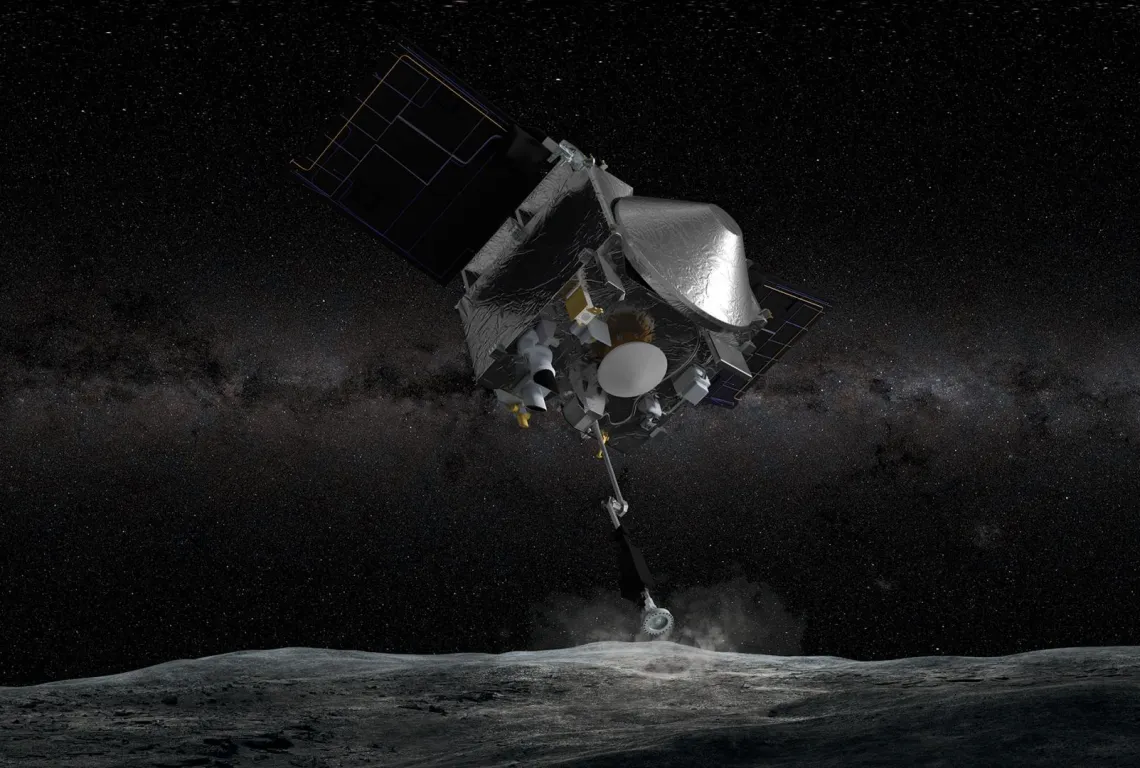
Spacecraft Missions and Instrumentation
Exploring the Universe as investigators on spacecraft mission and instrumentation teams.
LPL in the Spotlight

LPL Evening Lecture Series 2024: Return to the Moon
Join us this fall for three lectures highlighting current research and instrumentation at LPL that will support future lunar exploration and the Artemis III mission.
The Art of Planetary Science 2025
The Art of Planetary Science is an annual art exhibition run by the University of Arizona's Lunar and Planetary Laboratory. This year's theme - "50 Years of Discovery and Mystery on Mars".
Winds of Change: James Webb Space Telescope Reveals Elusive Details in Young Star Systems
Planet-forming disks, maelstroms of gas and dust swirling around your stars, are nurseries that give rise to planetary systems, including our solar system. U of A astronomers have discovered new details of gas flows that sculpt those disks and shape them over time.Image
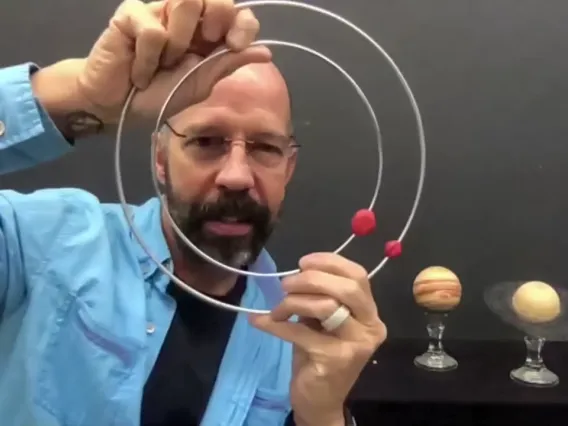
Public Education and Outreach
Faculty, staff, and students engage with diverse communities.
Join our mailing list to learn about upcoming events and activities.


